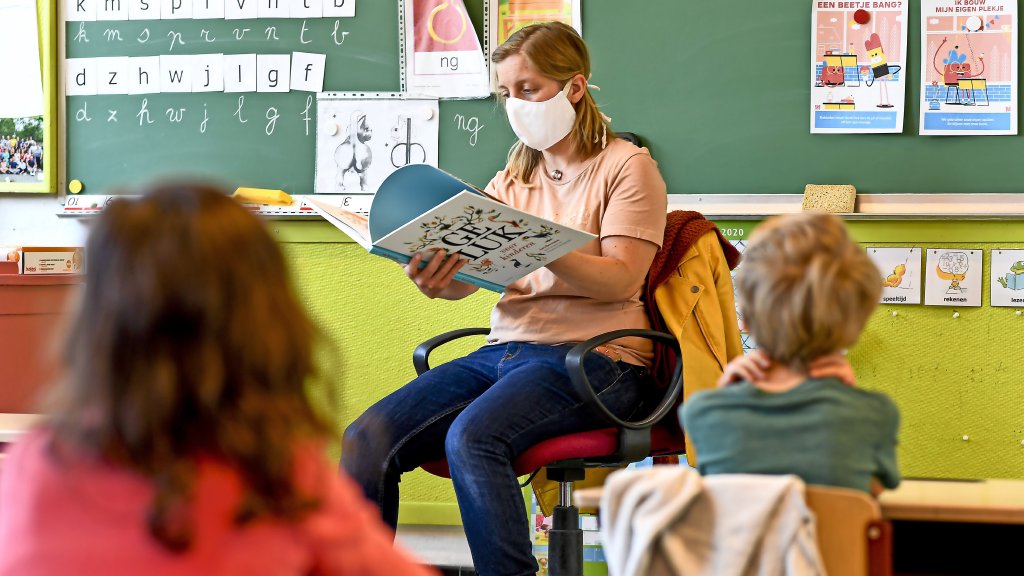Children with the new coronavirus (Covid-19) are infected at school a lot less often than at home, according to the results of a large-scale Belgian study on the virus in children presented during a press conference on Friday.
From the start of the epidemic in March until 28 June, national health institute Sciensano collected data from schoolgoers under 18 years old.
According to the Flemish and Walloon centres for pupil guidance, 378 coronavirus infections were reported at schools, of which 270 were pupils and 108 staff members.
A survey of 4,715 people who were placed in preventive quarantine, because they might have had contact with an infected person at school, now shows that there have been few infections in schools.
Of those 4,715 people, only 11 staff members were suspected of being infected at school, and only 36 pupils. "That is only 0.8% of the 4,472 children quarantined," Van Gucht said.
"So, we can say that the percentage of secondary infections at school is very low," said virologist and interfederal Covid-19 spokesperson Steven Van Gucht. "As a comparison: in home situations, a patient infects 10 to 20% of their other family members, a percentage that is much higher than at school."
Over the same period of time, 267 children were admitted to hospital for a coronavirus infections, and Sciensano has access to the data of 70% of them.
The children admitted to hospital, however, only represent 1.6% of all children in Belgium who were diagnosed with the virus, which is much less than for adults. For people over 65 years old, the hospital admission rate is about 10%, or more.
Related News
- Paediatricians urge Belgium to fully reopen schools from September
- 'Half of people without mask': Brussels residents tired of coronavirus rules
- Dozens of Brussels kids quarantined after parents flout self-isolation rules
During the peak of the epidemic, about the same number of boys and girls were admitted to hospital, and mainly very young ones. "This is presumably out of anxiety if such a child shows symptoms. Approximately half of the children admitted were younger than 1 year old, and one third was younger than 3 months," said Van Gucht.
Usually, these children were admitted to hospital just one day after they had a fever and started coughing. "The admission period for children was usually short, and averaged 3 days."
Most of them did not get any serious complications, which happened in only 19% of cases. Only seven children (3%) needed intensive care.
In the study, no deaths were reported. Outside the study, however, a 12-year-old girl and a 3-year-old girl died as a result of the virus.
Very young children were tested more than older ones. At the same time, older children who were tested seemed to test positive more often. However, during the first coronavirus wave, children were not tested as much as adults, as it was already clear at that time that they became ill less often and less severe.
Even though children were tested less, their tests were negative more often than for adults. 1.8% of children and 6.3% of adults tested positive for the virus. Additionally, the number of positive tests in children increased with age, but remained much lower than in adults.
Maïthé Chini
The Brussels Times

